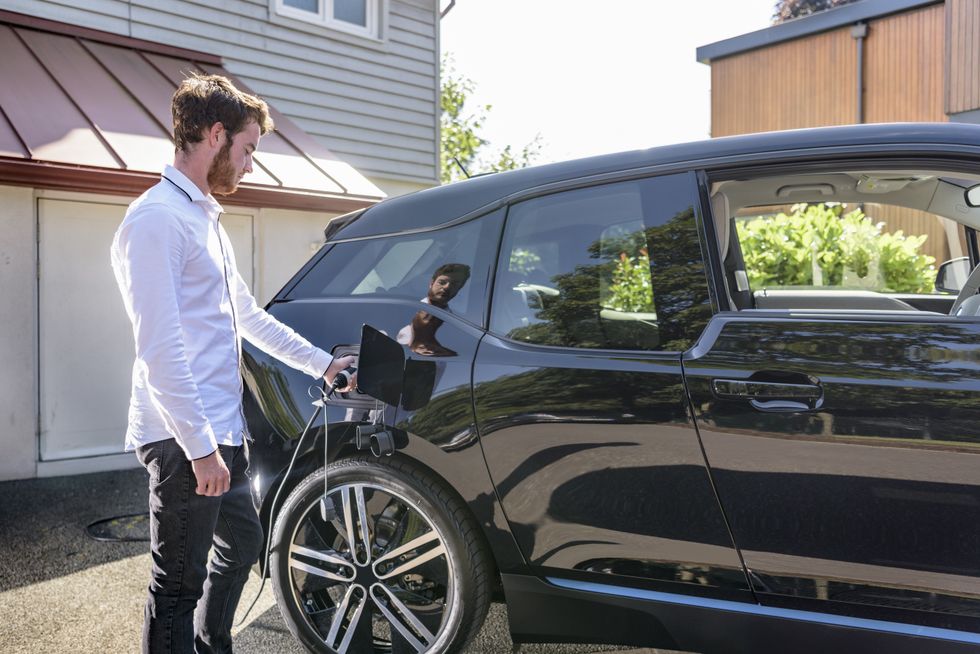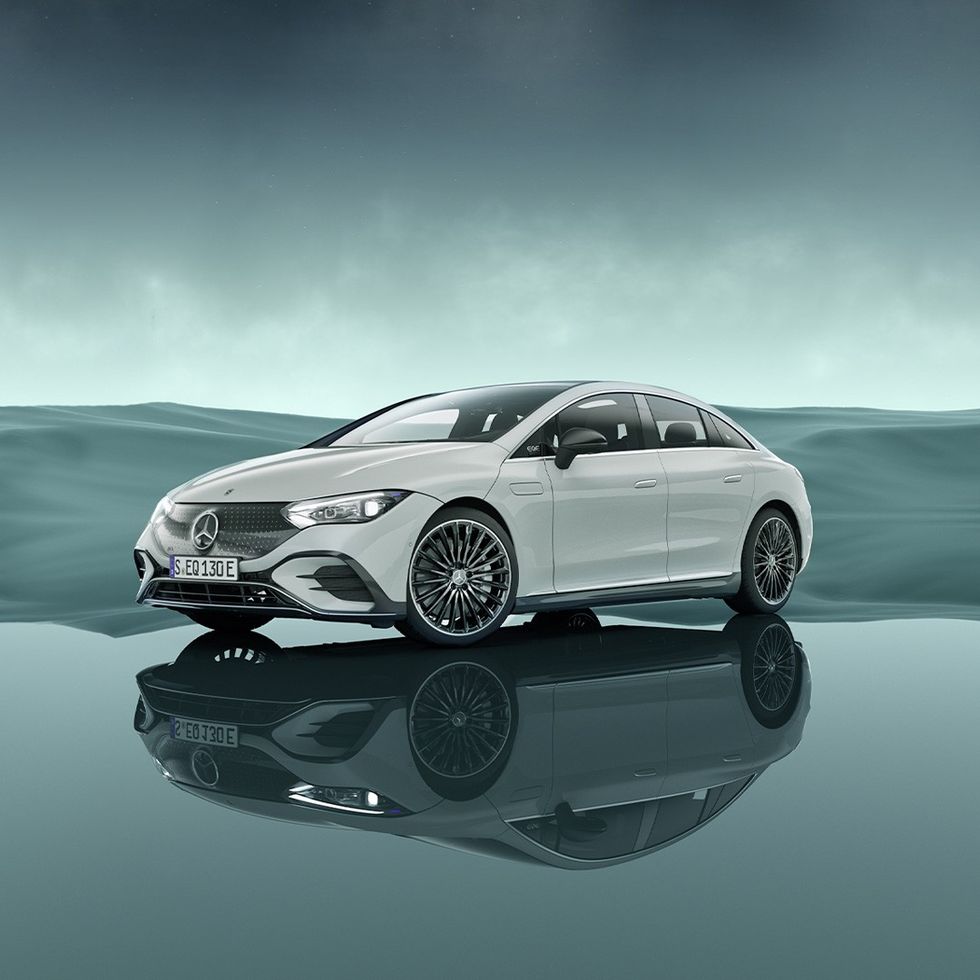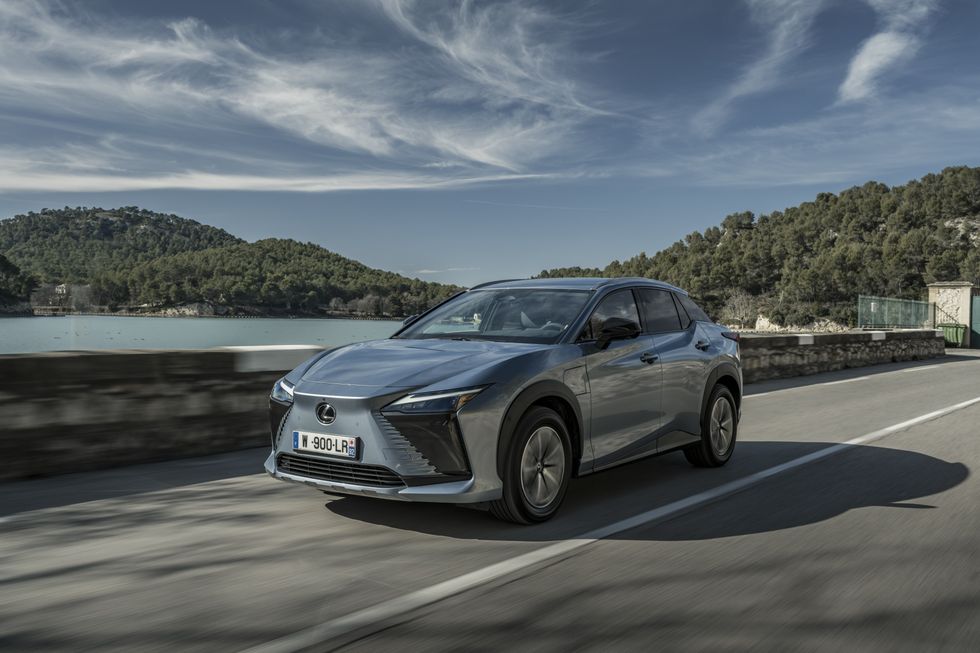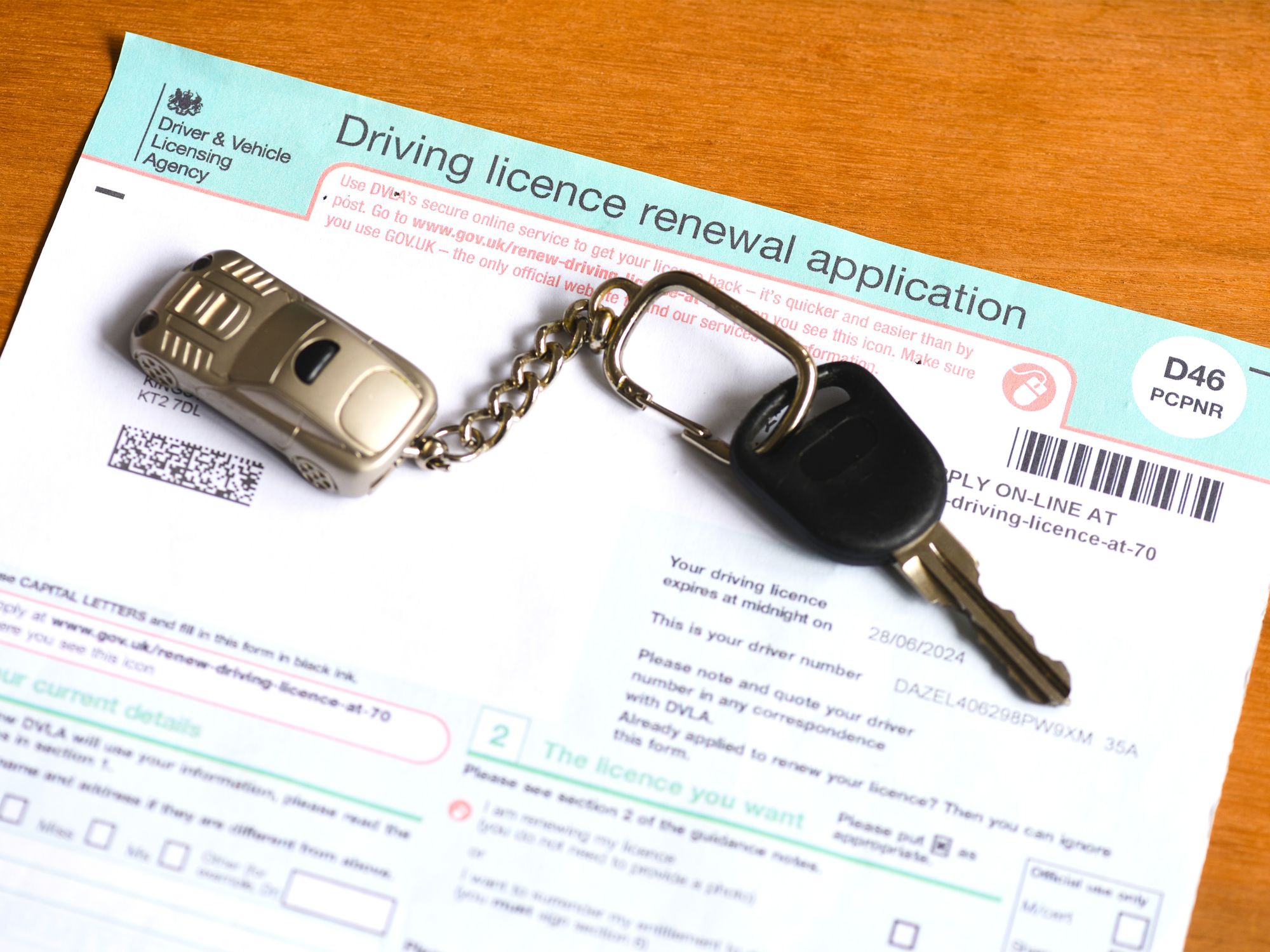Shortfalls reached almost 40 per cent for some cars
Don't Miss
Most Read
Trending on GB News
New research has found that some electric vehicles could see their actual range plummet in colder temperatures, with some cars potentially seeing a real-world drop of more than 100 miles.
The official Worldwide Harmonised Light Vehicle Test Procedure (WLTP), which is used to measure range, was found to be particularly unrealistic in cold conditions, with shortfalls reaching almost 40 per cent for some cars.
As a result of the change in conditions, drivers have been warned that official testing of electric car ranges could be completely unrepresentative of actual road settings, potentially leaving drivers disappointed and with insufficient mileage.
The research by What Car? compared a selection of 12 new fully electric vehicles and their winter range to test the actual durability and mileage of the vehicles.
Do you have a story you'd like to share? Get in touch by emailingmotoring@gbnews.uk

The real range of vehicles in the winter could be 100 miles less
GETTY
It found that none of the cars could get within 20 per cent of the official figures, which manufacturers are legally required to publish.
This is because the official tests subject EVs to "unrealistically gentle acceleration" and are conducted in a laboratory at an ambient temperature of 23 degrees Celsius, instead of at colder temperatures where batteries have been known to be less efficient.
The testing showed that there was an average drop in range of 18 per cent in winter conditions compared to typical summer conditions.
The 12 cars were charged to 100 per cent, before being left out in the open overnight, for roughly 14 hours in ambient conditions of six to 10 degrees Celsius.
The following morning the vehicles were plugged in again to check whether they were still fully charged, and whether the tyre pressure had dropped below the recommended levels. The climate control systems and headlights were also monitored.
For the tests themselves, the What Car? test team followed a route of roughly 15 miles, which included 2.6 miles of simulated stop-start urban driving, four miles at a steady 50mph and eight miles at a constant 70mph.
At the end of each loop, there was a driver swap and a change in running order so that no car was at a disadvantage.
Two of the EVs tested got close to reaching 300 miles on a full charge. The Mercedes-Benz EQE 300 Sport Edition managed exactly 300 miles, instead of the official 380 miles while the Tesla Model 3 Long Range achieved 293 miles, instead of 390 miles.

The Mercedes-Benz EQE 300 Sport Edition managed exactly 300 miles, instead of the official 380 miles
MERCEDES-BENZ
By contrast, the driving conditions (10 and 11 degrees Celsius) were more challenging for the two Lexus models tested, with the RZ 450e Takumi falling 36.7 per cent short of its official range, and the UX 300e Takumi down by 37.9 per cent.
Steve Huntingford What Car? editor, said: “It is clear that the results obtained using WLTP methods are unsuitable.
“We need a new system that provides achievable summer and winter figures so that prospective EV buyers can be confident the car they’re looking at will suit their needs.
“Providing a single, overly optimistic figure doesn’t help anyone.”
LATEST DEVELOPMENTS:
- UK motorists issued urgent warning of fraudulent QR codes when paying for parking - 'Please be careful!'
- Drivers urged to use 20p coin to make vital car checks before MOT test or risk repairs worth hundreds
- Petrol and diesel prices could drop with planned fuel station rule changes set to make a 'huge difference'

The Lexus RZ 450e Aether fell 36.7 per cent short of its official mile range
LEXUS
EVs ranked based on the biggest shortfall when testing real-world rangeLexus UX 300e Takumi - 37.9 per cent
Lexus RZ 450e Takumi - 36.7 per cent
Volkwagen ID 7 Pro Match - 33.6 per cent
Jeep Avenger Electric Summit - 33.1 per cent
Volvo XC40 Recharge Twin Motor Plus - 29.9 per cent
MG 4 Extended Range Trophy - 29.7 per cent
Volkwagen ID 7 Pro Match - 29.6 per cent
BYD Dolphin Design - 29.1 per cent
BYD Seal Design – 28 per cent
BMW i5 eDrive40 M Sport Pro - 25.1 per cent
Tesla Model 3 Long Range - 24.8 per cent
Mercedes-Benz EQE 300 Sport Edition – 21 per cent









